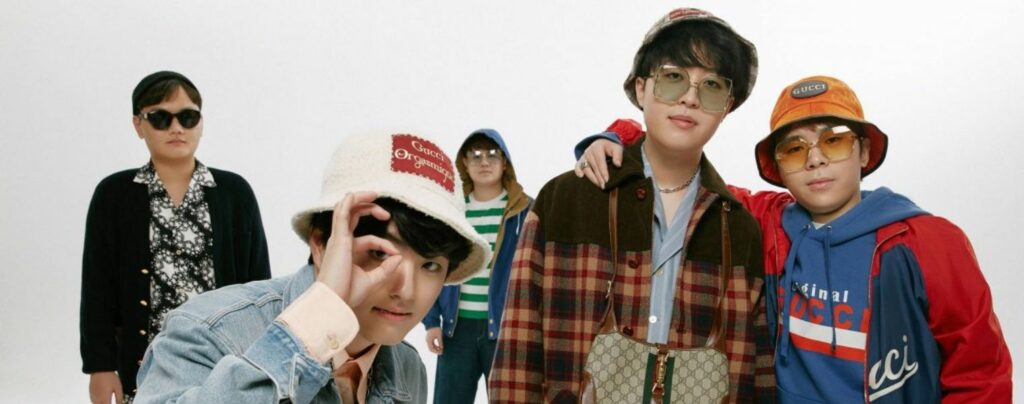We use cookies to improve your experience. By continuing to use this website you agree to our cookie policy.

A generation characterised by social currency: Gen-Z are becoming increasingly socially, environmentally and politically aware – and they are shaping the trajectory of the art and fashion retail industries.
Those that make up Gen-Z is often online and heavily influenced by brands and organisations that share their concern for global and social issues. Brands must be relatable, transparent and aware of resonating with younger audiences. This is what drives them to become customers.
How brands are staying relevant to Gen-Z
Over the last year, we’ve seen a wave of support for independent brands and, in some cases, consumers almost exclusively buying from small businesses. It is increasingly clear that the ethos behind the brand plays an integral part in how likely someone is to buy from it. Whilst this concept isn’t exactly new, the pandemic is a globally shared experience that has exacerbated this.
We saw it when people reacted to brands not speaking up during the Black Lives Matter protests last summer, which would lead to collective decisions to boycott. Inclusivity constantly informs consumers’ purchasing decisions, and Gen-Z especially is gravitating towards brands that demonstrate certain values and a memorable experience – whether in-store or online.
Glossier is one brand that has done this well and has gone all-out with its in-store experience. Their flagship stores have been described as ‘Instagrammable’, as they feature actually designated spots for taking pictures and are inherently pastel-pink with floral walls and soft lighting throughout. As well as enjoying the product, customers are immersed in the brand’s retail experience and impelled to share it online – which doubles up as free marketing for the brand. The makeup and skincare brand was founded on ‘thoughtful design and enabling conversation’, catering directly to its audience and creating products they wished existed.

Increased demand for more personalised shopping
People have become accustomed to a personalised experience when shopping online, be it through virtual or live chat features or the way brands communicate with their customers and respond to queries over social media channels. This is heightened by targeted ads based on buyer behaviour and purchasing habits.
As a socially conscious generation, Gen-Z requires a certain degree of transparency and authenticity from brands. This, paired with an aesthetically pleasing and satisfying in-store experience, is sure to retain younger consumers.
Despite being digitally native, a report by Euclid Analytics found that Gen-Z prefers to shop in-store rather than online, meaning brands have to work harder to create a seamless online-to-offline (O2C) experience if they want to break through the noise.
What it means for the art and fashion sectors
The merging of technology with art and fashion is well and truly upon us. We’re now seeing the growing popularity of NFTs, which are already helping to facilitate important discussions about artists’ rights and proving digital art can be profitable and revolutionary for both art and retail spaces.
What’s more—given that longer-established luxury brands have often struggled to resonate with younger audiences—is the potential for these brands to adopt such technologies to create better experiences and appeal to wider audiences.
Seeing as brand preferences and brand loyalty are cultivated. At the same time, customers are quite young; companies must consider younger generations in their marketing efforts – as this will influence the generations that follow.
Appealing to Gen-Z is largely about staying relevant and tapping into trends; musicians collaborating with fashion brands to endorse and promote a line of products, or reactive marketing campaigns. However, again, it is also about the experience. And, with advances in technology making these experiences possible in both real life and virtual reality, there is huge potential for both the art and luxury fashion worlds to now attracting younger generations.

